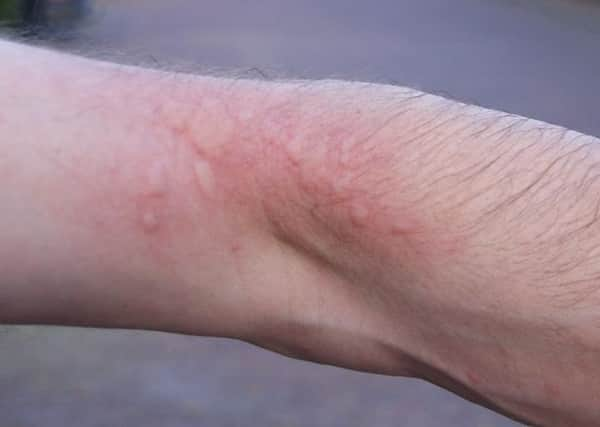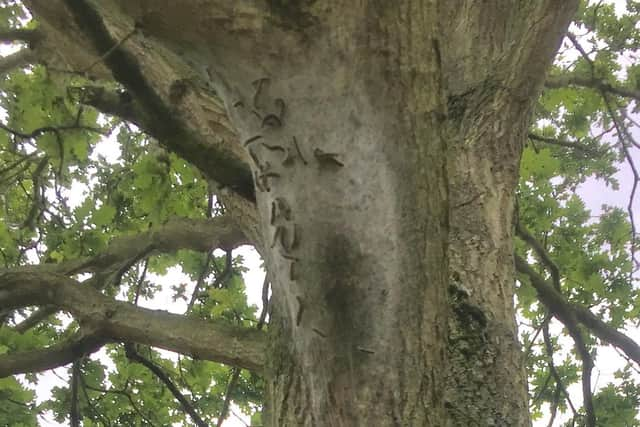AFBI flag ‘High Alert’ for oak processionary moth


Whilst the adult is a grey-ish non-descript moth, it is the caterpillars that give the moth its name and present a risk to both plant and human health.
The oak processionary moths live almost exclusively on oak trees and the caterpillars form communal webbed nests on the trunks and branches of the tree. Caterpillars feed on the oak leaves during the night and shelter in the nest during the day. The name ‘processionary’ comes from the characteristic of the caterpillars to move in a nose-to-tail procession about the trunk and sometimes between trees. A heavy infestation of oak processionary moth caterpillars can strip the leaves from the oak tree, which may not necessarily kill the tree but will weaken it and make it more susceptible to other pests and diseases. However, the main problem with the caterpillars is that they are covered in tiny barbed hairs that contain an urticating protein called thaumetopoein. The caterpillars shed the hairs when disturbed and they can be carried on the wind or collect underneath the trees. These hairs cause skin rashes, eye irritation and breathing problems. In severe cases, the hairs can cause allergic reactions and even anaphylactic shock. Both humans, pets and livestock can be affected.
Advertisement
Advertisement
The recent finding in Dublin is the first on the island of Ireland. However, oak processionary moth has been well established in London since 2006. It is managed in London through the use of insecticides with an overall cost of £1.2 million per annum including surveillance work and public health notifications. It is a difficult pest to control as the caterpillar nests are often high up in the tree canopy, therefore it is important that we prevent oak processionary moth from establishing in the first place.


AFBI and DAERA are monitoring oak trees and using pheromone traps to detect this moth and eradicate if found. They would ask the public to keep a look out for any web nests in oak trees. It may not be the oak processionary moth as other native species can produce similar nests but they will examine where possible. Potential sightings can be logged via Tree Check (www.treecheck.net).
The caterpillar nest in Dublin has been eradicated but the risk remains. Please be vigilant for this unwanted invader.